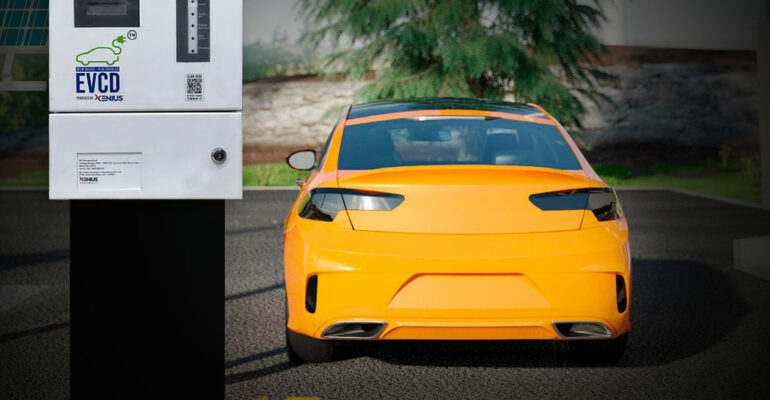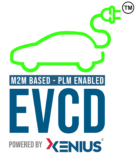Breakthroughs in EV charger tech
April 20, 2023 2023-04-20 11:03Breakthroughs in EV charger tech

Breakthroughs in EV charger tech
INTRO: Electric vehicles have become increasingly popular in recent years, with more and more people recognising the benefits of cleaner and more sustainable transportation; and switching to EVs. Fortunately enough, the biggest challenge to EV adoption – the availability and accessibility of EV chargers – is also being well taken care of. Advancements in technology are making EV charging faster, more convenient, and compatible with a wider range of vehicles.
The breakthroughs in EV charger technology are helping to make electric vehicles more practical and convenient for everyday use, and are also accelerating the transition to cleaner mobility
EV chargers have come a long way in recent years, with technological advancements across all fronts. Let’s have a closer look at some of the latest breakthroughs in the EV charger technology:
- Ultra-fast charging: The newest EV chargers are capable of charging at a speed of up to 350 kilowatts (kW), which can provide up to 80 per cent charge in as short a time as 20 minutes. This is a massive leap from the earlier maximum speed of 50 kW.
- Wireless charging: Wireless charging is becoming a reality, with some companies developing pads that use magnetic resonance technology to transfer energy wirelessly to the EV battery.
- Bidirectional charging: Bidirectional charging allows EVs to not only receive energy but also to supply energy back to the grid. This technology is being tested in a number of applications, including vehicle-to-grid (V2G) systems, where EVs can help stabilise the grid by providing energy during peak demand.
- Plug-and-play charging: This technology allows EV users to charge their vehicles without a charging station. They can charge by simply plugging their vehicle into a standard outlet or an adapter that plugs into a standard outlet.
- Smart charging: Smart charging technology allows EVs to communicate with the grid and adjust charging speed and time based on factors such as energy demand, renewable energy production, and pricing. It helps to optimise the use of renewable energy and reduce the strain on the grid. .
- Increased compatibility: The latest EV chargers are designed to be compatible with a wider range of vehicles, including both AC and DC charging as well as different charging speeds and connectors.


